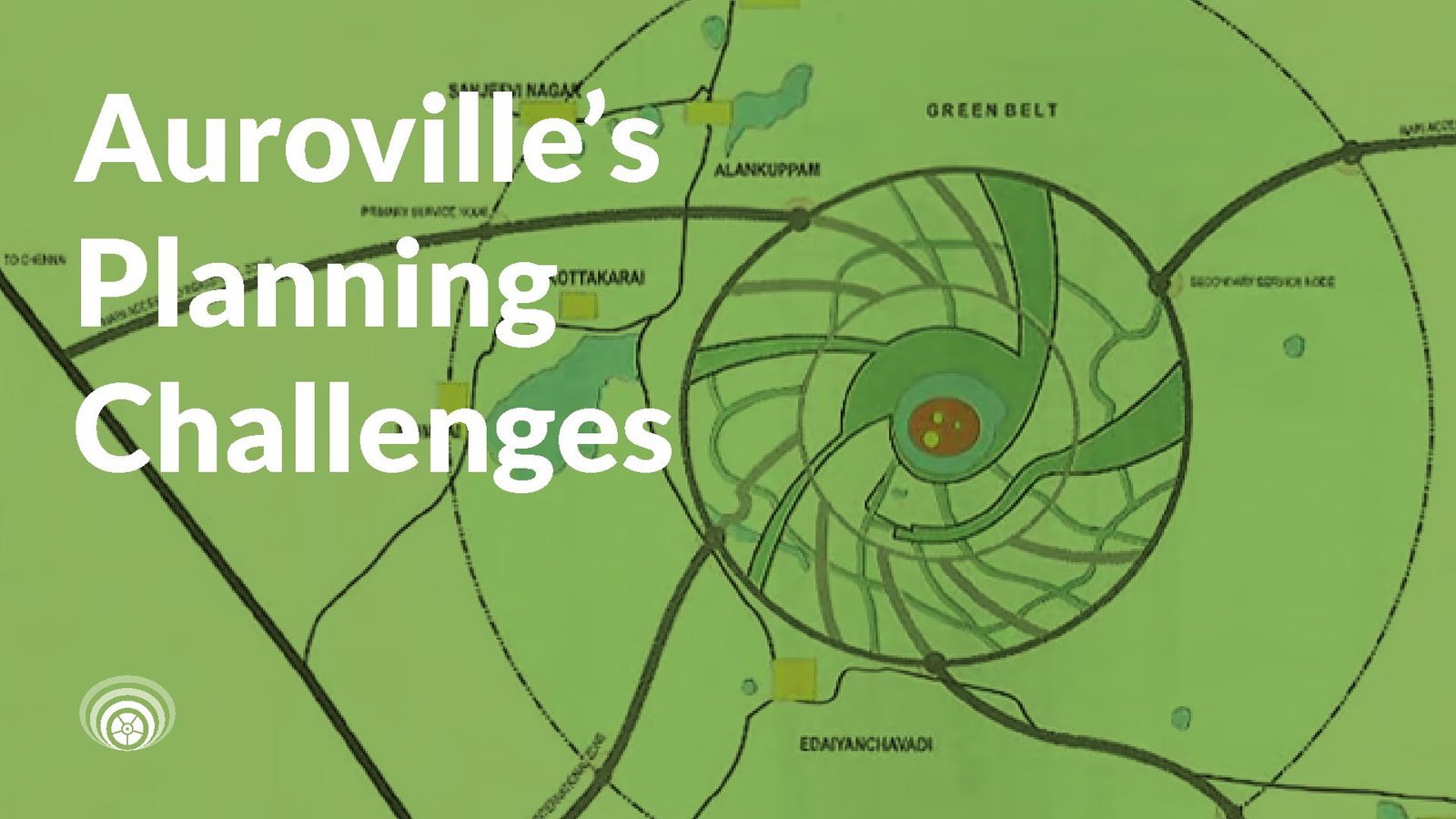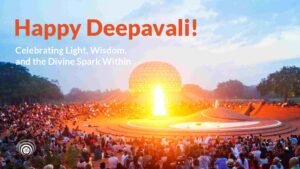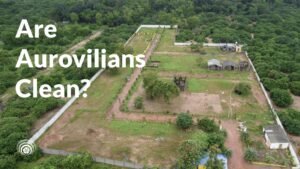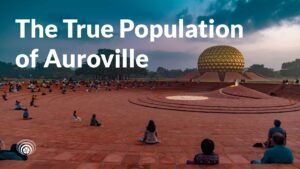
A Call for Systematic Vision and Practical Solutions
Auroville was envisioned as a City of the Future, a place of collective aspiration for progress and harmony. However, the city’s current planning and development efforts have devolved into a quagmire of controversy, fueled by fragmented approaches, lack of transparency, and insufficient professional planning. The result? Social tensions, delayed outcomes, and substandard infrastructure that threatens to undermine the city’s promise and potential.
At the heart of these issues is not merely the debate over “sustainability,” “forests,” or “concrete buildings.” Nor does the problem solely lie with the “obstructionism” of residents or the challenge of integrating senior Aurovilians into the governance framework. The crux of the problem lies in the lack of a systematic and professional planning process.
Planning as the Missing Link
True city planning is not just about drawing maps or laying infrastructure; it is about aligning every aspect of development with a cohesive vision that serves the Purpose and the long-term well-being of all residents—residents and non-residents alike. The principles of transparency, inclusivity, and clarity must underpin every stage of planning.
Auroville needs:
- A Defined Framework: All processes, including decision-making, information dissemination, and infrastructure planning, should operate within a well-agreed structure aligned with the city’s objectives.
- Accessible Documentation: All relevant plans and decisions must be openly accessible, ensuring trust and accountability.
- Professional Expertise: The inclusion of top-tier planners and experts to address technical and logistical challenges.
- Resident Participation: A structured mechanism to involve Aurovilians and surrounding village residents in the decision-making process.
Without these elements, we risk perpetuating a cycle of ad hoc solutions, inefficiency, and growing discontent.
The Case for Integrated Infrastructure Planning
Auroville’s long-standing debates around water, electricity, and other utilities illustrate the consequences of fragmented planning. For instance, water systems developed in the Residential and Industrial zones in the mid-1990s demonstrated foresight, but their long-term success depends on careful planning of related infrastructure, like pipelines, along designated roads for easy access and maintenance.
Similarly, the introduction of Auroville’s independent electric grid requires meticulous positioning of high-tension (HT) and low-tension (LT) cables to avoid future disruptions. This is standard practice in modern cities. Yet, here in Auroville, such planning often collides with resistance on the ground.
The Galaxy Plan’s circular design calls for consistency between its original vision and current realities. Marking and securing areas for infrastructure should be a priority to prevent costly and disruptive realignments in the future. However, this is easier said than done, given the opposition and tensions surrounding developments like the Crown Road.
Land, Population, and the Future of the Master Plan
Land acquisition and exchange remain thorny issues, but the elephant in the room is Auroville’s population. The original plan envisioned a city of 50,000 people, but for all practical purposes, that figure must account for both community members and the local villages within the Master Plan area.
Yet, the integration of villages into Auroville’s development framework remains woefully underaddressed. Apparently, a study conducted in 1995-96 by Village Action highlighted the need for planning that accommodates villages’ infrastructure—water, sewage, electricity—while respecting their unique socio-cultural fabric. This study underscored the importance of creating a seamless and inclusive urban environment.
Currently, Auroville development plans are hinged on creating space for 35,000 people in the Residential Zone, which would push the total population well beyond the original vision of 50,000. Our approach should not ignore the opportunity to focus on improving infrastructure for the 15,000-20,000 people already living in the Master Plan area, many of whom are part of surrounding villages.
A Call for Practical Solutions Aligned with the Vision
It is high time for Auroville to shift focus to pragmatic, inclusive, and well-planned solutions that honor the original vision. A collaboratively developed and widely accepted Detailed Development Plan should be the immediate goal. This plan must address the following:
- Integrating villages into the broader Master Plan, ensuring their development aligns with Auroville’s standards and aspirations.
- Developing infrastructure—roads, water lines, sewage systems, and electric grids—with foresight and inclusivity.
- Reconciling tensions between the Galaxy Plan’s idealism and the ground realities of private land use and existing settlements.
The current trajectory of piecemeal planning and ideological conflicts is not sustainable. Auroville must channel its energy into creating a City that embodies its founding values while addressing the practical challenges of the present.
It is a delicate balance, but one that Auroville, with its collective intelligence and aspiration, can achieve. Let us come together to build not just a city, but a living laboratory of Progress and Harmony for future generations.





